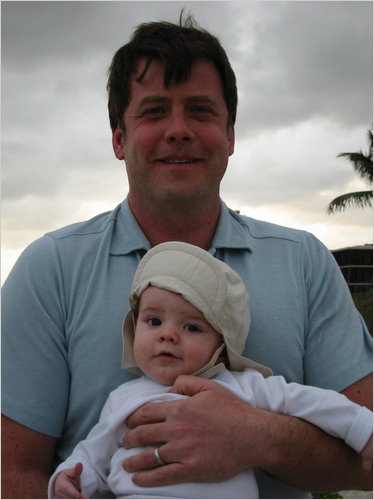But “non-notable” only in that they their name wasn’t immediately connected to any famous event or accomplishment that most readers remember or had ever heard about. Because even with just a half-day’s worth of interviews to learn about a late, complete stranger, you could find out at least one notable accomplishment from his/her surviving relatives, as well as details of personal drama universal to us all, and distill his/her life into a profile as interesting and inspiring as the celebrity obits that shared space in the next-day’s section.
I hadn’t read many of non-celeb obits since moving to NYC. But while waiting for take-out, I checked the Times on my phone and came across this obit about a young well-off-salesman-turned-social-worker:
After she had unpacked, and her toothbrush was on the sink, the woman realized something was missing. She turned to John Sullivan, the tall, smiling social worker who had discovered her on a bench in the Broadway median. The woman was a nurse who had lost her grip and had been living in a tent on the Upper West Side, until Mr. Sullivan coaxed her off the street. She was delighted to be in an apartment of her own.
“Just one thing,†she told him. “I really need a tent for here.â€
Mr. Sullivan left. He came back with a tent, which she pitched in the living room. Some time and medication later, she put it away.
In Mr. Sullivan’s line of work, there was no instruction manual.
…
Mr. Sullivan grew up in Sleepy Hollow, N.Y., a star high school quarterback and pitcher who took his golden personality and looks into sales. He made a fine living that provided him, as he once said, “lots of travel and a closet full of Brooks Brothers clothes.†He also drank too much. Then he stopped.
One morning, on his way to a run around the reservoir in Central Park, he passed homeless people in the street. The next day, he applied to Fordham University to begin graduate school in social work. In 1995, he got a job with Pathways to Housing, an agency that finds homes and help for people with mental illness and addiction living on the street. He prowled East Harlem before it was gentrified, meeting people living under railroad tracks and in abandoned buildings.
Read the rest of the obit here: In Helping Others, Finding What Was Never Truly Lost, by Jim Dwyer
